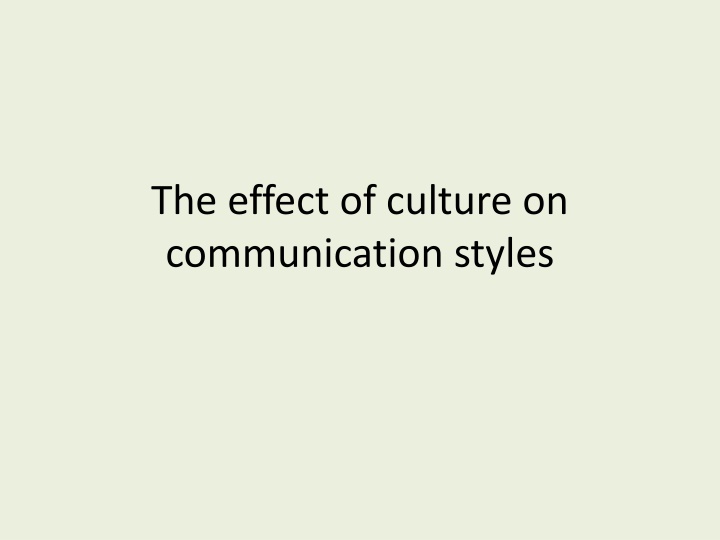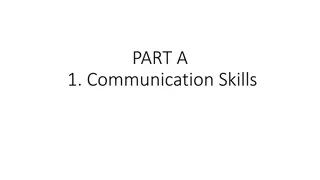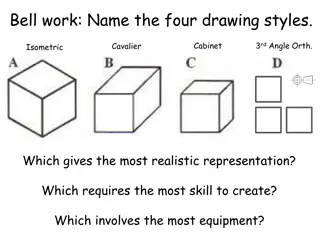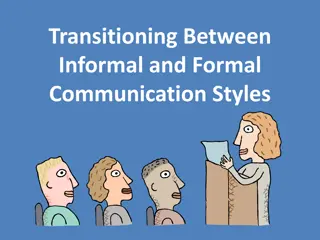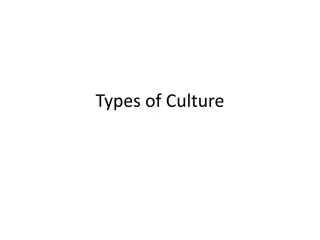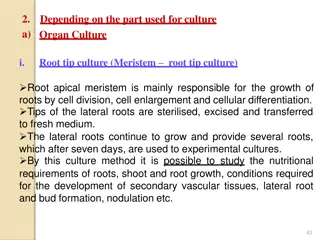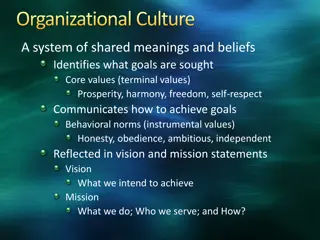Culture's Impact on Communication Styles
Culture plays a significant role in shaping how individuals encode, transmit, and interpret messages. Differences in cultural norms can influence communication methods, such as verbal and non-verbal cues. For example, greetings vary across cultures, from handshakes to kisses on the cheek. Additionally, slang words unique to specific regions can lead to confusion in cross-cultural interactions. Understanding these cultural nuances is crucial for effective communication.
Uploaded on Mar 08, 2025 | 0 Views
Download Presentation

Please find below an Image/Link to download the presentation.
The content on the website is provided AS IS for your information and personal use only. It may not be sold, licensed, or shared on other websites without obtaining consent from the author.If you encounter any issues during the download, it is possible that the publisher has removed the file from their server.
You are allowed to download the files provided on this website for personal or commercial use, subject to the condition that they are used lawfully. All files are the property of their respective owners.
The content on the website is provided AS IS for your information and personal use only. It may not be sold, licensed, or shared on other websites without obtaining consent from the author.
E N D
Presentation Transcript
The effect of culture on communication styles
We now know that communication comes in many forms. Verbal Non verbal Written How does culture impact the way in which we communicate?
Impact of culture Our culture can impact the way in which we communicate with others. E.g. In Italy it is socially acceptable for men to greet other men with a kiss on the cheek. However, In Australia this would seem odd and possibly inappropriate. E.g. Slang words are unique to the country and even the area in which they are derived. This can make cross cultural communication confusing.
Some examples of differences in communication
Exercise In your books write a response of at least 3 paragraphs explaining how culture determines the ways individuals encode messages, what mediums they choose for transmitting them, and the ways messages are interpreted. Remember to use examples to support your response!!!
